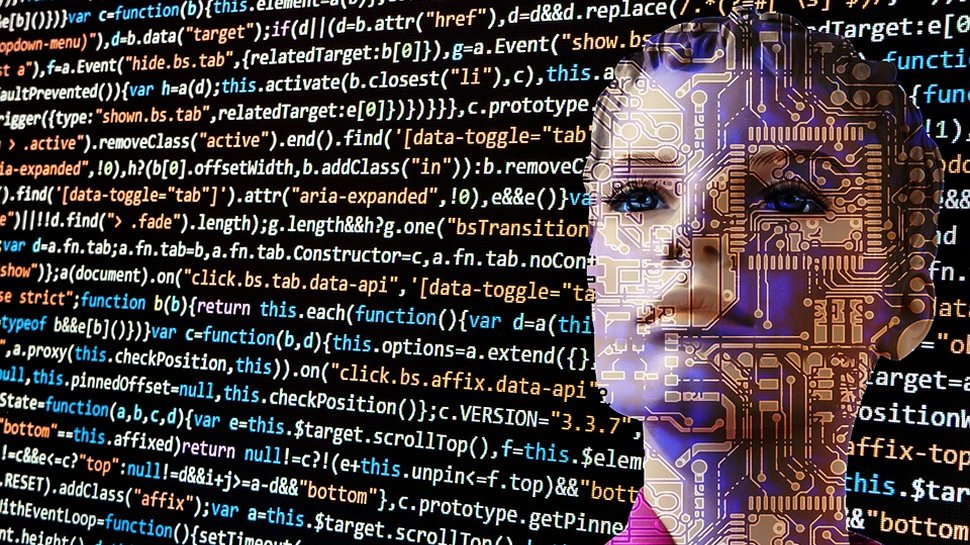AI Agents Reshape Business Workflows While Prompting New Governance Needs

Key Points
- AI agents act as autonomous teammates, handling tasks like negotiations and dynamic pricing.
- Broad data access by agents expands both external and internal security risks.
- Governance now requires embedding risk thresholds and escalation paths into agents.
- Enterprises are creating AI steering committees and Chief AI Officer roles.
- Proper onboarding of agents mirrors human HR processes but uses coded controls.
- Misaligned agents can cause cascade failures without a malicious attacker.
- Proactive red‑team testing and continuous monitoring are essential for safety.
AI agents—autonomous, task‑driven models with tool access—are moving from experimental tools to integral teammates in enterprises. Companies are leveraging them for functions such as supplier negotiations, payment terms, and dynamic pricing, which were once handled by human analysts. This shift brings significant security and governance challenges, as agents require onboarding, risk thresholds, and clear escalation paths similar to human employees. Leaders are establishing AI steering committees and Chief AI Officer roles to embed organizational values and safeguards into agent behavior, aiming to balance rapid innovation with responsible oversight.
AI Agents Enter the Enterprise Core
Artificial‑intelligence agents, built on large models and equipped with specific tools, are no longer mere chatbots. They act as autonomous decision‑makers that can execute iterative tasks, influencing real business outcomes. Organizations are deploying them to manage supplier negotiations, set payment terms, and adjust pricing in response to market shifts—activities traditionally performed by teams of analysts.
Emerging Governance and Security Concerns
Because agents operate with broad access to sensitive data and enterprise applications, they expand the attack surface for external threats and internal misuse. Existing cybersecurity frameworks, which focus on human risk, are ill‑suited for always‑on, self‑directed agents that think and act at machine speed. Misaligned or poorly constrained agents can cause cascade failures, from corrupted analytics to regulatory breaches, even without a malicious attacker.
Onboarding Agents Like Employees
Enterprises are treating agents as non‑human resources that require induction, training, and defined limits. Governance now involves embedding organizational values, risk thresholds, escalation paths, and “stop” conditions directly into an agent’s operational DNA. This digital onboarding mirrors human HR processes but replaces slide decks with coded culture that dictates when an agent should act, pause, or request human assistance.
Organizational Structures for AI Oversight
Businesses are forming cross‑functional AI steering committees and appointing Chief AI Officers to oversee agent deployment. These groups define guiding principles, map responsibilities, and clarify which decisions need a human in the loop. By establishing clear accountability, companies aim to prevent the “agent washing” pitfall—rebranding existing tools as agents without genuine capability or need.
Balancing Innovation with Responsibility
The rapid adoption of AI agents promises accelerated innovation and efficiency gains, yet it also demands proactive security testing, red‑team simulations, and continuous monitoring. Companies that embed transparency, adaptability, and AI‑native governance into their agent strategies are positioned to reap benefits while mitigating risks.